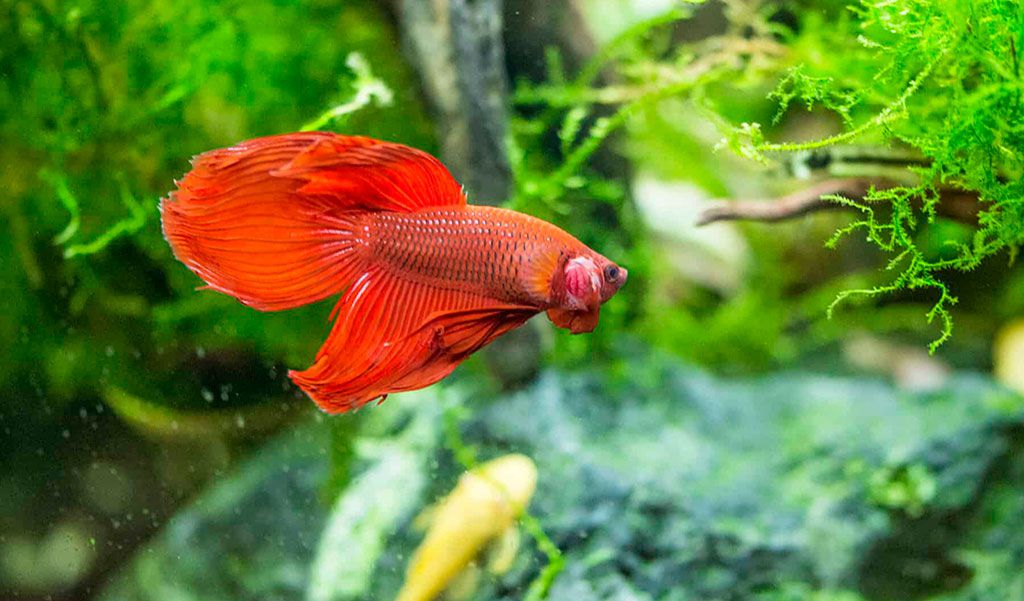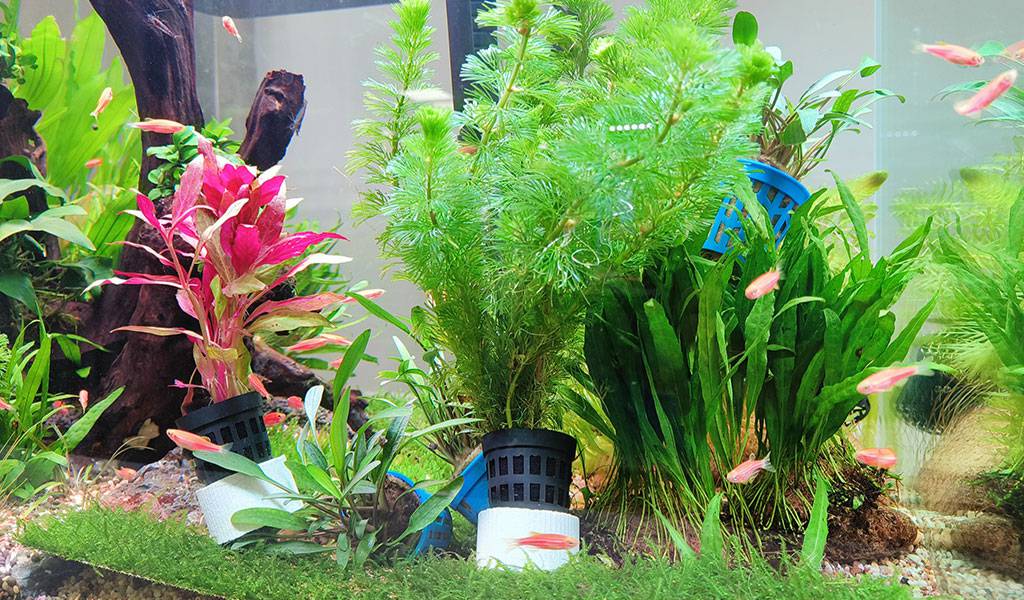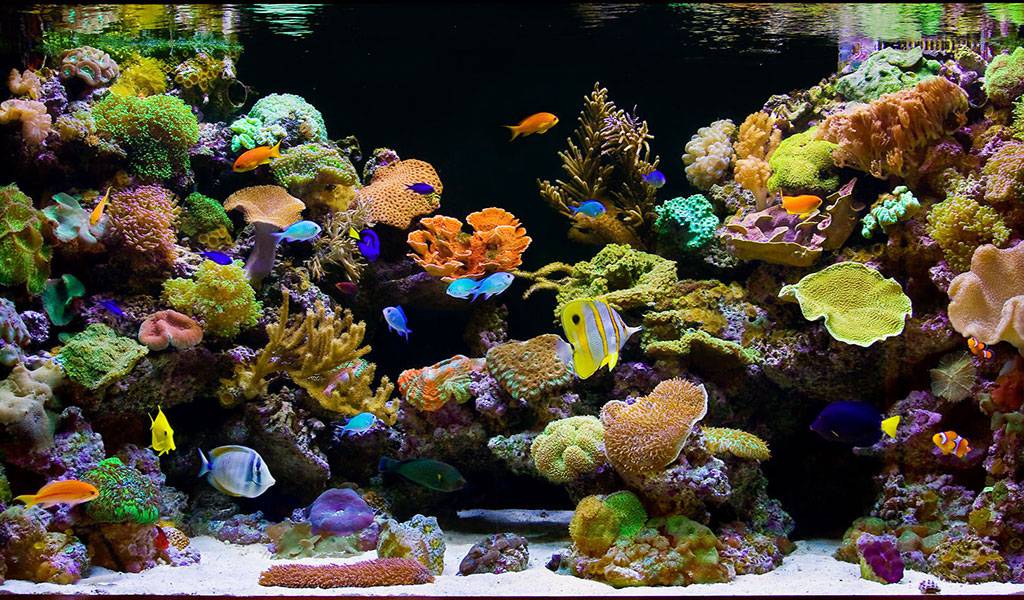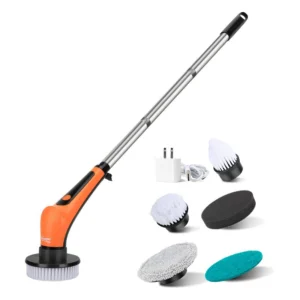How to Add Aquarium Fish to the Tank
Introducing fish may come in two circumstances – adding new fish to an old tank and adding new fish to a new tank. Next in this article, we will cover pointers about aquarium fish introducing and transferring.
Introducing fish to your aquarium
Freshwater, brackish water, or saltwater fish
Your aquarium can be a freshwater or saltwater aquarium. Maintaining a freshwater aquarium is easier than a saltwater one. Because you should be more sensitive to water chemistry requirements and changes if you want to keep a saltwater aquarium. Freshwater fish commonly are not kept with saltwater fish. Besides that, there are also fish preferring living in brackish water. Some can be kept with freshwater fish, while some can not.
As a result, in the face of introducing fish, it is vital to know the types of aquariums and fish – freshwater, brackish water, or saltwater.
The fish requirements of living condition
In general, there are cold-water fish, tropical, etc. Cold water fish fancy cool water, correspondingly, a relatively lower temperature. Like, goldfish. On the contrary, tropical fish need warm water, such as betta fish, tetras, and queen angelfish. Usually, it is better to add an aquarium heater in a tropical fish tank to maintain a stable warm water temp.
Cold-water fish will not be kept with tropical fish. Because they demand different water temperatures. As a result, you’d better search for specific needs for water conditions before introducing them.

betta fish
The temperament of fish
Some fish are peaceful, while some are aggressive. Sometimes, two aggressive fish in the same tank may result in an aquarium disaster. Since the two aggressive fish may fight and compete for territory. Aside from that, some fish would nip other fish’s fins. Accordingly, before introducing fish to your aquarium, you should consider the compatibility from the aspect of fish temperament.
How to add new fish to the tank
1. Fish compatibility
You should know whether the new fish can get along well with those fish in the tank.
2. Tank size
Never overstock. Check the tank size the new fish need, and determine whether the established tank large enough for new fish and fish living in the tank.
3. Quarantine the new fish
It is recommended to quarantine the new fish in a quarantined tank for about two weeks. It allows you to check whether new fish suffer disease or not, and decrease the risk of disease infection.
4. Test the water parameters of the tank
You should check the water parameters of the tank before adding new fish. And make sure the water condition is ideal for new fish. If there is ammonia or chlorine in the tank, correspondingly, you should treat the water with the help of an ammonia binder or a de-chlorinator.
5. Change the water of the established tank
Before adding new fish, it is necessary to change the water of the established tank. Changing 25-30 percent of water is great. It provides better living conditions for new fish and is beneficial for new fish growth.

freshwater fish tank
6. Acclimate fish to the established tank
You should allow new fish to adapt to the aquarium environment first. You can stock the new fish in a container with partial water from the established tank. After about half an hour, you can add the new fish to the tank with the help of a fish net.
7. Provide a suitable living environment
After that, it is best to turn off the aquarium light for a few hours. Then fish can adjust to the tank environment gradually. Furthermore, it is feasible to add some food to distract the fish and reduce the stress on new fish.
8. Available tank mates for tanks
By the way, the following bottom-feeder fish are excellent options for freshwater community tanks, like Kuhli Loach, Zebra Loach, Yoyo Loach, etc. Additionally, Clownfish, Royal Gramma, and Tang are feasible tank mates for saltwater community tanks.
How to add fish to a new tank
1. Tank set-up consideration
During the process of setting up a new tank, you should consider the safety of fish. Generally, aquarium decorations with sharp edges should be avoided. Otherwise, these sharp decorations would damage fish. Also, rocks, aquatic plants, and other decorations will provide hiding places, which can reduce the stress on fish.
2. Cycle a new tank
Besides that, cycling the new tank is necessary. Commonly, a new freshwater tank takes at least 4–8 weeks. While a new saltwater tank needs at least 6 weeks. After cycling the new tank, you should monitor the water quality. Plus, some fish are best for starting up a new tank. Take saltwater tanks as an example, Damselfish is a great addition to a new saltwater tank.
3. Acclimation process and fish introducing
Next, stock the new fish in a container with partial water from the new tank, and then wait for about 30–45 minutes. After 30–45 minutes, turn off the aquarium light and provide a stress-free aquarium environment. You can introduce over one fish once. Just add the fish to the new tank with a fish net.

saltwater fish tank
Transferring fish from old tank to new tank
1. Transfer the fish to a temporary container
Siphon the water in the old tank into a clean container. And stock fish in the container temporarily.
2. Aquarium equipment preparation and installation
Rinse new aquarium equipment is helpful to remove debris. It keeps fish safe. Also, you can use the equipment in the old tank, like gravel and filter media. And the beneficial bacteria on the old equipment can be beneficial for the new tank cycle.
3. New tank set up
Rinse the new tank. Then, you can move the decorations from the old tank to the new tank. It is feasible to add the decorations to the new tank without rinsing them. Because there are beneficial bacteria on the surface of these objects.
Next, add water to the new tank. You can use partial water from the old tank. For instance, filling one-third of the new tank with water from the old tank. It helps to manage the ammonia and nitrate levels of the new tank.
4. Transfer the fish to the new tank
Test the water parameters, if they are in ideal ranges, it is time to transfer the fish to the new tank. Just move the fish from the temporary container to the new tank with a fish net. After transferring, you should pay attention to the fish and aquarium status. If anything is abnormal, you should find causes immediately and then take measures to tackle the issue.
The bottom line
After reading, you have learned how to add or transfer aquarium fish. Just keep in mind, no matter what you need to do, you should make sure the health and safety of the fish.
That’s it. If you have more information on fish introduction and transferring, welcome to leave messages in the comment. Finally, thanks for taking the time.




